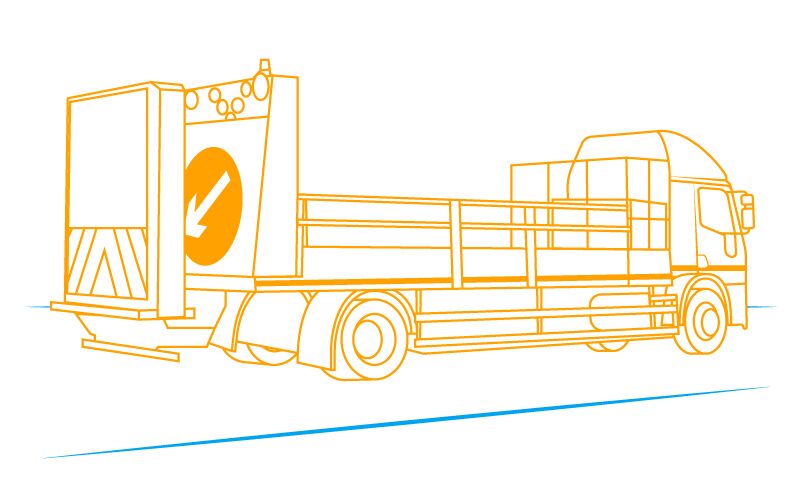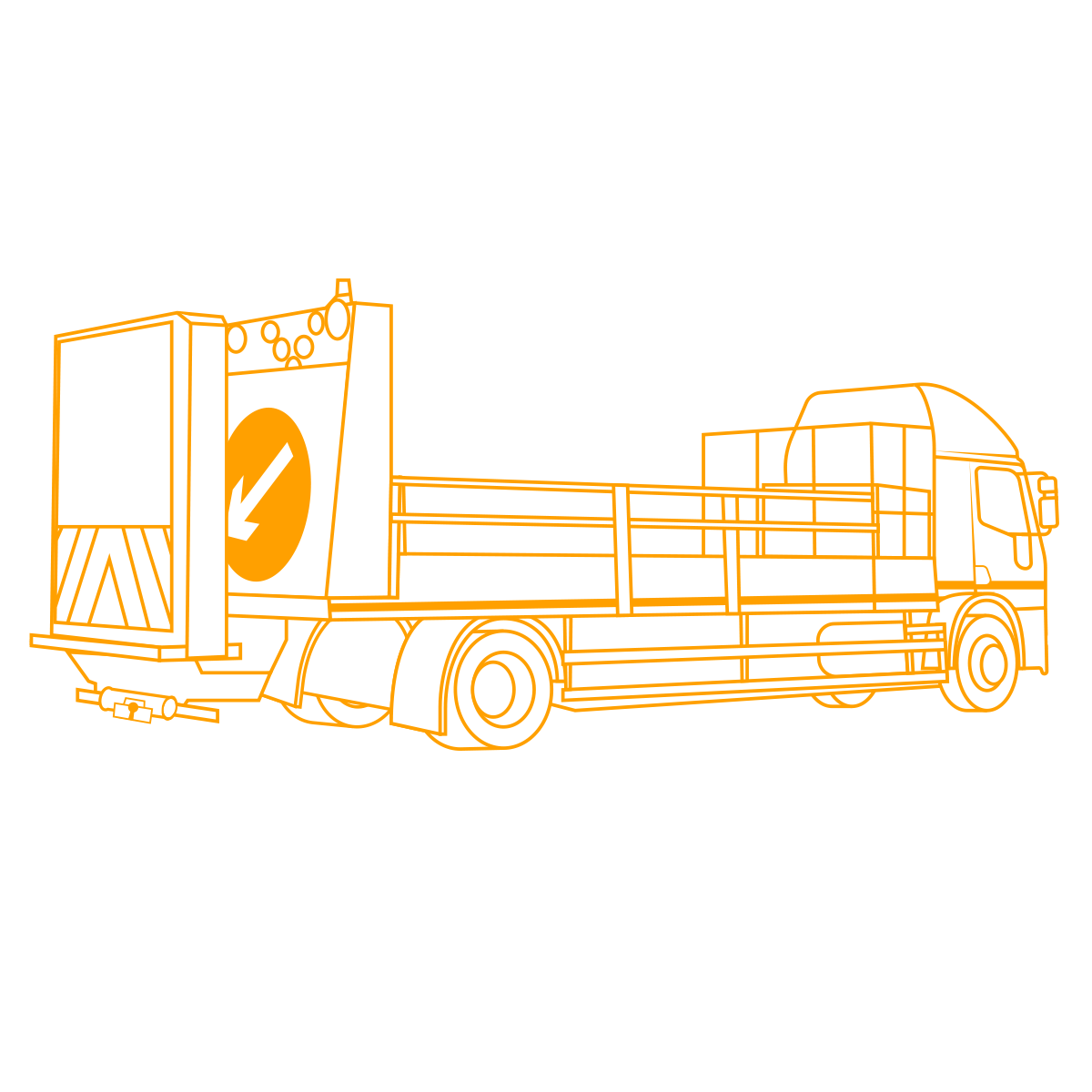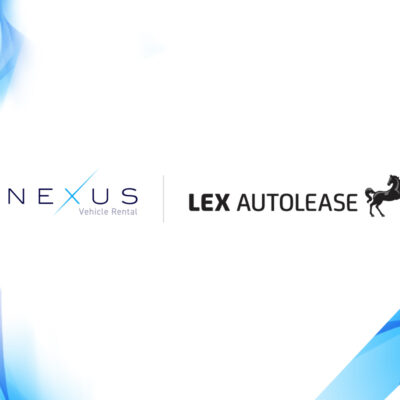The ‘Traffic Signs Manual’ issued by the Department for Transport provides guidelines for anyone operating on public highways. This information can be found in chapter 8, part 3 of the document – ‘Traffic Safety Measures and Signs for Road Works and Temporary Situations’. People often refer to these rules and regulations simply as “Chapter 8”.
Any business operating vehicles that are required to stop on public highways for work or inspection purposes are subject to laws requiring their vehicles to be fitted with high visibility markings. This affects any operator of traffic management or highway maintenance vehicles, from cars to vans to trucks. Regardless of whether the vehicles are owned or hired, they must comply with Chapter 8 regulations.
All vehicles should display rear mounted chevron markings to increase visibility. Generally, they should comprise of alternating strips of fluorescent red retro-reflective material and fluorescent yellow non-retro-reflective material. The width of the chevrons should not be less than 150mm each, and should be angled at 45-60°, pointing upwards.
The recommended specification for chevron markings is split into three categories:
- Vehicles under 7.5 tonnes (typically cars and vans) that operate or stop for work purposes
- Vehicles over 7.5 tonnes (such as spreaders, gritters, tippers, sweepers and recovery trucks) that operate or stop for work purposes
- Incident and mobile support units
For vehicles in the under and over 7.5 tonne categories, it is recommended to make use of door edging, lockers or guardrail strips in red microprismatic material. Maintenance vehicles in these categories can display “HIGHWAY MAINTENANCE” lettering in “non-reflective black on either non-reflective, reflective or retro-reflective yellow”. The word ‘highway’ can also be varied to ‘motorway’ or ‘road’.
Rear chevrons in fluorescent yellow-green and red microprismatic material are recommended for incident and mobile support units, as well as side markings at an angle of 45°.
As well as chevrons, it is also permissible to use solid coverage of fluorescent red retro-reflective material, however, the red and yellow chevron design is generally considered to provide greater visibility.
If your business rents its vehicles, for example truck hire, and your line of work requires that you must stop on a motorway or high-speed road, it is important to ensure that your vehicles are properly equipped with the necessary markings to comply with Chapter 8 regulation.
To learn more about our Chapter 8 highway maintenance and traffic management vehicles click here.






